What is gluten free? What do condiments have to do with gluten-free?
- By deslyteam
- October 7, 2022
- 2:52 pm
You must have heard of the concept of “gluten-free”. You can see such words on many food packages and menus. “Gluten free diet” is also a way of eating that you often hear.

Today, let’s learn with you, what is a “gluten-free diet”, what does it do, who needs a gluten-free diet, and a list of gluten-containing and gluten-free foods. start!
What is "Gluten"
Gluten, a complex of two storage proteins in grains, especially wheat, is about 50% prolamin and about 50% gluten. Gluten contains several hundred proteins, but the biological value (the digestibility and availability of proteins) is low.
For most people, gluten is a common protein that is easily digested by the gastrointestinal tract. However, a small number of people cannot digest gluten protein.
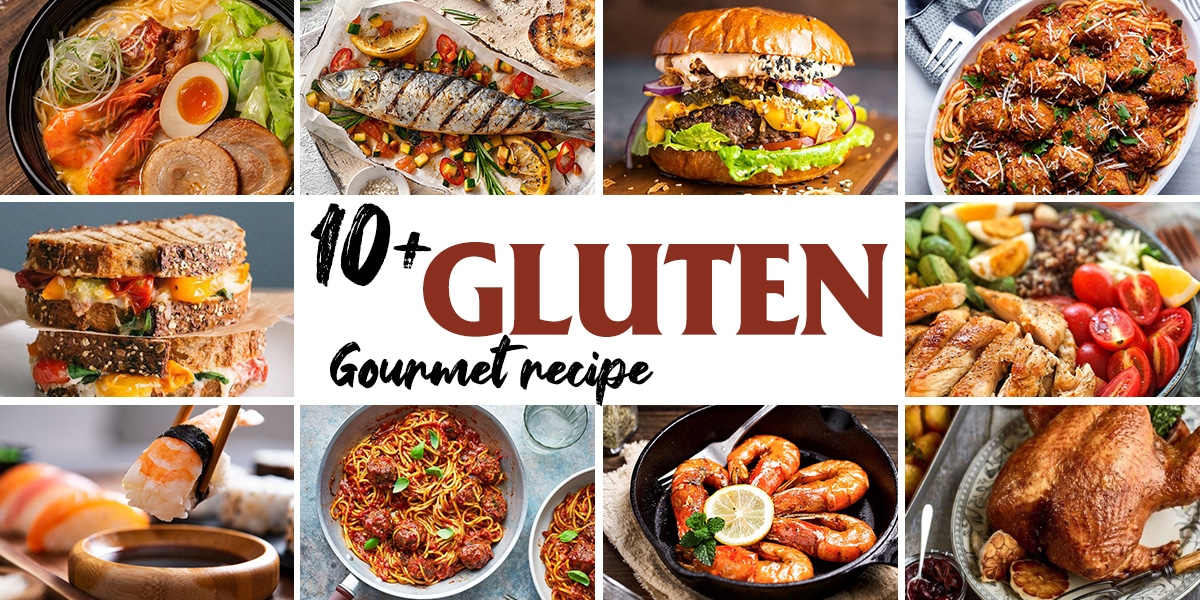
The most common condition of this gluten incompatibility is – celiac disease, which includes diarrhea, bloating, abdominal pain, vomiting, migraines, and even hives, bone pain, anxiety, hormone problems (low thyroid levels and infertility) ) and autoimmune diseases.
The incidence is higher in North America, Northern Europe, and Australia, and the peak age of onset is mainly in children and young adults.
What is "Gluten Free"
“Gluten-free” is food that has not been processed from wheat (all Triticum species such as durum, spelt, and cam), rye, barley, or their hybrids.
Or, even if the food is processed with wheat, rye, barley or its hybrids, but the gluten component is specially removed during the processing, so that the gluten content in the food is not more than 20mg/kg, it can also be called “gluten-free food”.
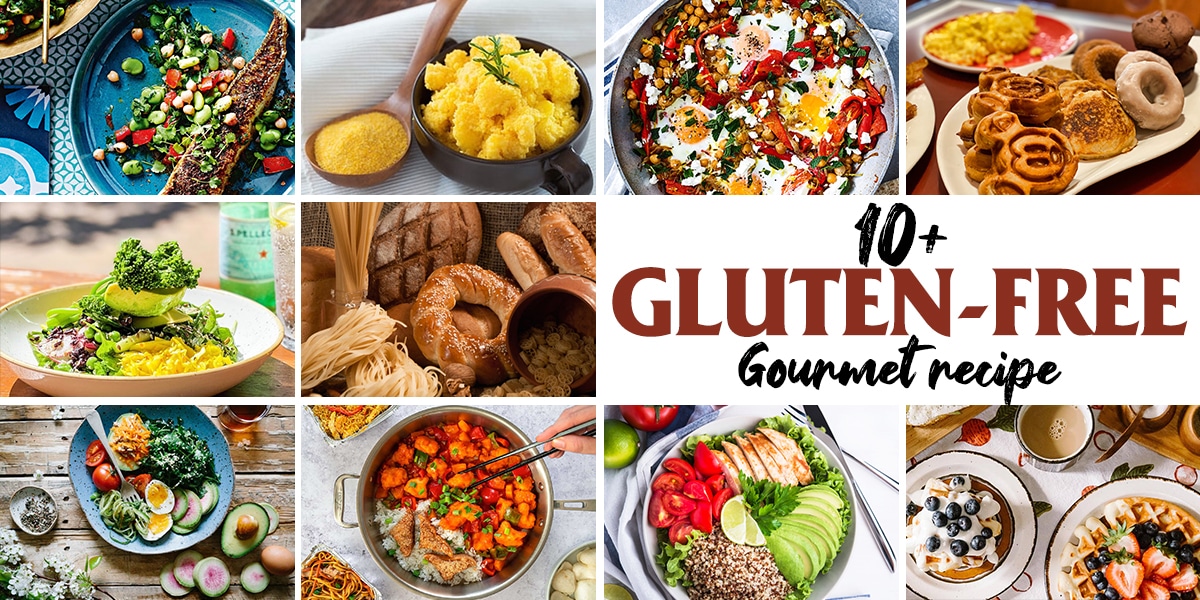
What is a "gluten-free diet"
A gluten-free diet means strictly abstaining from gluten-containing foods.
Because gluten acts as a binder and flavoring agent, it can be found in many unexpected foods. Gluten is found in processed cereals such as pizza, pasta, and beer; baked goods such as bread and cookies; and even in everything from soy sauce, sauces, and ice cream to certain medications, beauty products, and dietary supplements. . None of these can be ingested.
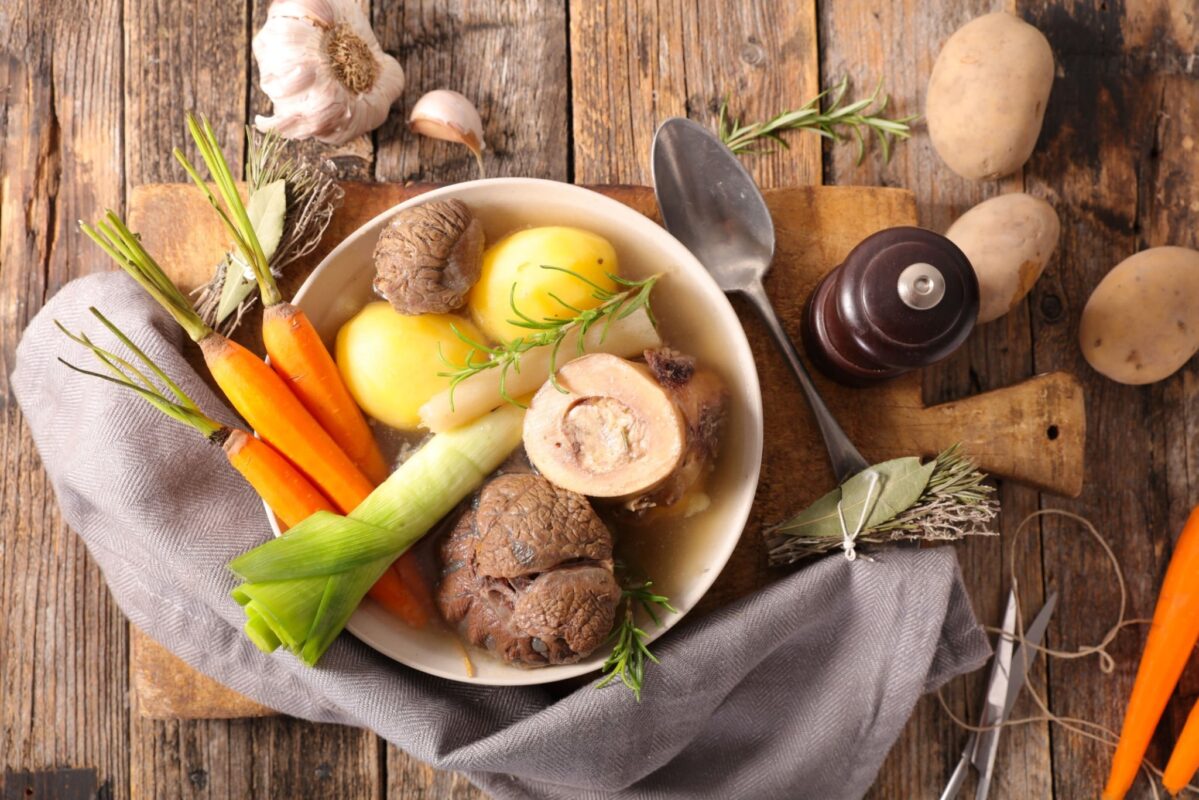
A few points to be clear are:
- Gluten ≠ Carbs
Many carbohydrate-containing foods, such as rice, potatoes, and beans, are not gluten-free.
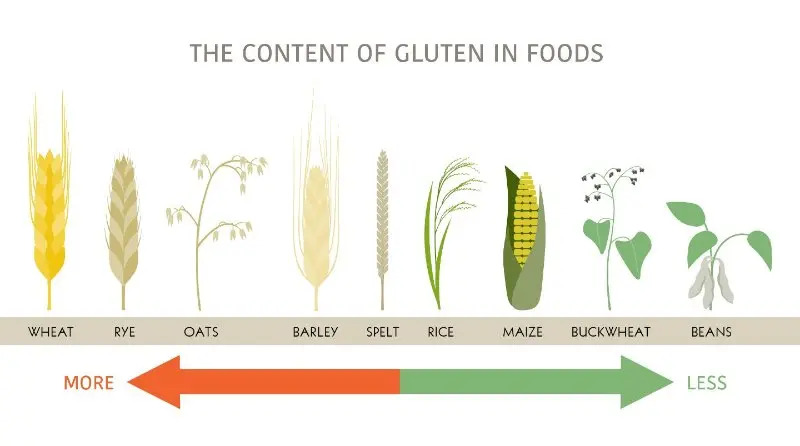
- Grain Free ≠ Gluten Free
An important difference between gluten-free and grain-free is that gluten-free products contain no grains, while grain-free products may contain gluten.
- A gluten-free diet is not the same thing as a low-carbon diet, a ketogenic-diet, etc.
- There is no direct causal relationship between a gluten-free diet and fat loss.
The role and significance of the gluten-free diet
- People with celiac disease need a gluten-free diet. To ensure that the permeability of the intestine is maintained, thereby avoiding cell damage, tissue damage, leading to organ inflammation, which can lead to organ damage, other more serious symptoms, and even diagnosis of disease.
- People with gluten sensitivity (gluten intolerance) who follow a gluten-free diet for a period of time may also improve their tolerance to gluten as their gut repairs.
If you are not sure if you are gluten sensitive, you can get an allergy test (or a food intolerance test). According to the test results and the doctor’s recommendation, try to quit the gluten diet for about 2 to 3 months to observe your physical state, so as to judge whether you need to continue the gluten-free diet.

Does the average person need a "gluten-free diet"?
Research has shown that even in healthy people, gluten intake can occasionally cause leaky gut; it doesn’t cause much of a problem. Under normal circumstances, it is not recommended to try this diet for no reason, because the following situations are prone to occur:
- Missing out on nutrient-dense whole grains, fiber, and micronutrients. Whole grains can lower cholesterol levels and even help regulate blood sugar, thus contributing to the risk of heart disease or diabetes.
- Some gluten-containing foods are a source of important vitamins and minerals, and excluding gluten at all can lead to deficiencies in B vitamins, iron, and magnesium.
- Some processed gluten-free foods contain large amounts of unhealthy ingredients such as sodium, sugar, and fat. Causes weight gain, blood sugar fluctuations, high blood pressure and other problems.
- Although there is no evidence that people experience “withdrawal” when starting a gluten-free diet. But there are reports of dizziness, nausea, extreme hunger, and even anxiety and depression when suddenly switching from eating a lot of gluten to being gluten-free. These symptoms usually disappear after a few weeks on a gluten-free diet.
- Regardless of the body’s reaction, although there are enough choices of gluten-free diets, the price is more expensive than ordinary food, and eating out can be more troublesome.
If the average person is still on a gluten-free diet, try to avoid highly processed foods as well. Consume more fruits, vegetables and lean protein at the same time to ensure comprehensive nutrition.
List of common foods that contain gluten
- Wheat, rye, barley, whole wheat and their hybrids.
- Processed products: cheese, steamed bread, noodles, steamed buns, dumplings, bread, biscuits, cakes, fried foods, wontons, beer, instant drinks, ice cream, canned meat, canned soy products, etc.
- Gluten-containing condiments: soy sauce, vinegar, cooking wine, seasoning powder, bean paste, chili sauce, mayonnaise, salad dressing and other sauces.
List of common gluten-free foods
- Unprocessed meat (including fish)
- fruits, vegetables, nuts
- egg
- Most natural unprocessed dairy products
- Grains: buckwheat, corn, rice, millet, brown rice, black rice, purple rice, tapioca, soybeans, quinoa, oats labeled gluten-free, etc.
- Potatoes: taro, sweet potato, yam
- Starch flour: potato flour, corn flour, coconut flour, soybean flour, tapioca flour
- Natural Seasoning: Ginger, Garlic, Onion
- Drinks: Most drinks except beer
- Oils: Vegetable oils, butter, olive oil, coconut oil, avocado oil, etc.
Gluten Free Soy Sauce
Gluten Free Soy sauce, commonly known as soy sauce, is mainly brewed from soybeans, wheat, and salt through processes such as oil making and fermentation. The composition of soy sauce is relatively complex. In addition to the composition of salt, there are many kinds of amino acids, sugars, organic acids, pigments and spices. Mainly salty, there are also umami, aroma and so on. It can add and improve the taste of dishes, as well as add or change the color of dishes. The working people of the Han nationality in China have mastered the brewing process thousands of years ago. There are two types of soy sauce: dark soy sauce and light soy sauce: light soy sauce is salty and used to enhance freshness; dark soy sauce is lighter and used to enhance color.
Efficacy
- Efficacy: Anti-cancer, appetizers and digestion, lowering blood lipids
- Nutritional Values: Amino acids, sugars, organic acids, pigments, flavors
- People Suitble: suitable for majority of the people. Especially those with high cholesterol and gluten intolerance.
- Taboo crowd: Cardiovascular disease patients should not eat.
Effect
- Increase appetite soy sauce can increase the aroma of food and make the color of food more beautiful, thereby increasing appetite.
- Anti-cancer soy sauce is made from soybeans, and soybeans are rich in selenium, which has anti-cancer effects.
- Cholesterol-lowering soy sauce contains a variety of vitamins and minerals, which can lower human cholesterol and reduce the incidence of cardiovascular disease.
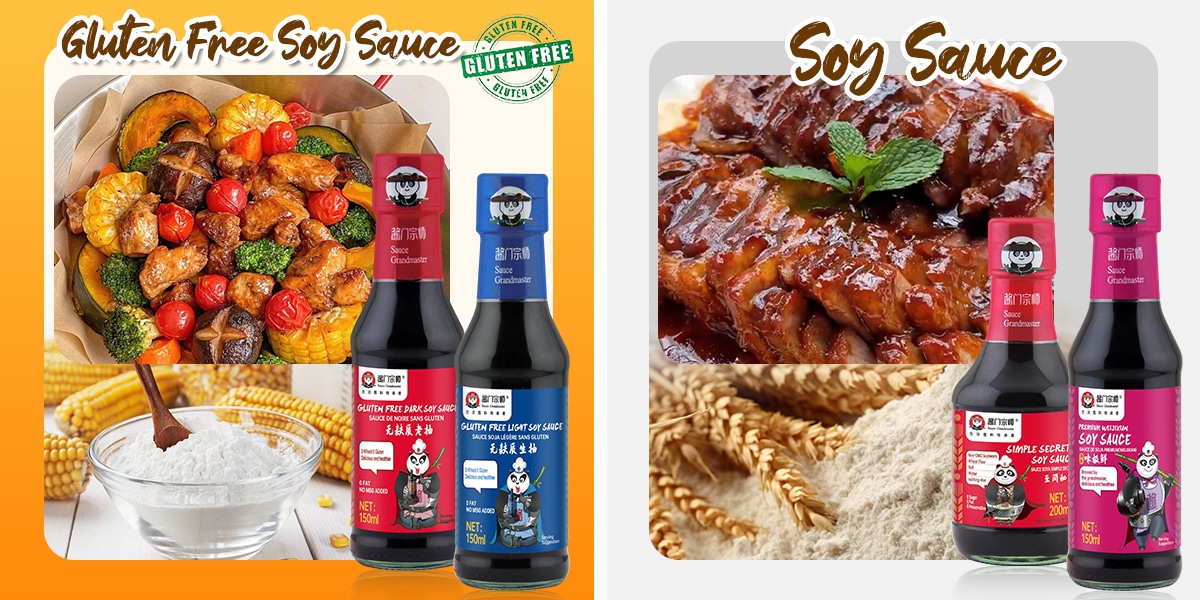
Gluten Free Oyster Sauce
Gluten Free Oyster sauce is a seasoning made from oysters (oysters). Oyster sauce is a traditional umami seasoning commonly used in Guangdong, and it is also one of the largest products in the sauce category. . Oyster sauce is delicious, rich in oyster aroma, moderately viscous, and has high nutritional value. It is also the main ingredient for preparing traditional Cantonese dishes such as oyster sauce, fresh mushroom beef, oyster sauce green vegetables, and oyster sauce noodles. Nowadays, the use of oyster sauce is extremely convenient, and the range of seasoning is very wide. Any salty food can be seasoned with oyster sauce.
Efficacy
- Efficacy: Anti-cancer, anti-cancer, help development
- Nutritional Values: Zinc, amino acids, trace elements
- People Suitble: suitable for majority of the people. Especially suitable for zinc deficiency and children in the growth and development period.
- Taboo crowd: No taboo, can be eaten.
Effect
- Supplementing amino acids oyster sauce contains a lot of protein and amino acids. Regular consumption can supplement the amino acids needed by the human body every day. At the same time, the minerals contained in oyster sauce can also help supplement zinc.
- Anti-cancer – cancer prevention Oyster sauce contains taurine, which can prevent cancer and help improve immunity.
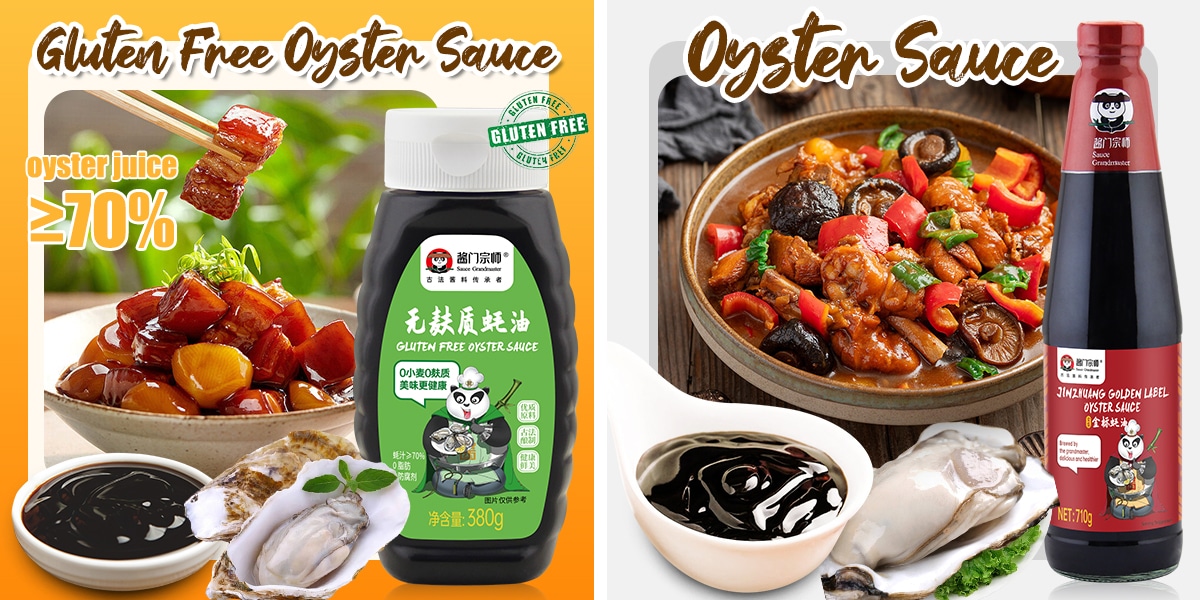
Summarize
All in all, there is a clear need for a gluten-free diet for some people, while for most healthy people, a gluten-free diet doesn’t make that much sense. On the premise of ensuring health, it is recommended that everyone still eat and drink well and enjoy the food in the world.

Dan
Like food, like to enjoy life
